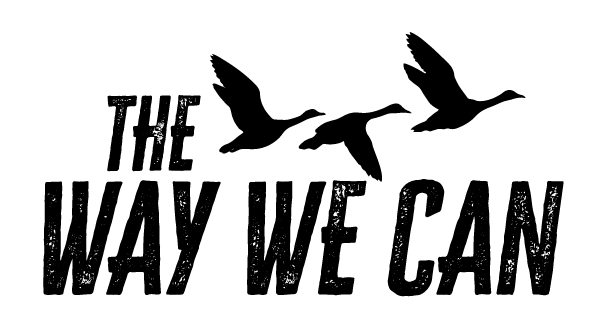When Comfort Comes at a Cost: The Downside of Psychological Safety
Psychological safety has become a cornerstone of high-performing teams. Popularized by Google’s 2016 research, the concept emphasizes creating an environment where people can speak openly, take risks, and make mistakes without fear of shame, blame, or retaliation. Yet, while psychological safety is essential for innovation and collaboration, its misuse can hinder growth and team dynamics.
What Psychological Safety Really Means
At its heart, psychological safety is about ensuring that individuals feel comfortable voicing ideas, challenges, and concerns without fear of negative consequences. It creates a foundation for learning, adaptability, and collective intelligence. Teams with psychological safety are not “nice” all the time—they are candid, constructive, and resilient in the face of challenges.
Harvard Business School professor Amy Edmondson, a leading expert on collective intelligence, highlights that it is not about comfort or being perpetually agreeable. Instead, it’s about fostering an environment where difficult conversations can happen constructively and where vulnerability is seen as a strength.
Misuse: Comfort Over Candor
One downside of psychological safety is its potential to be misunderstood as avoiding discomfort altogether. Phrases like “I don’t feel safe” are sometimes used as a proxy for “I don’t feel comfortable.” People need enough emotional and psychological ease. But conflating psychological safety with the absence of discomfort can lead to a conflict-avoidant culture.
When teams prioritize being “nice” over being honest, they risk silencing critical conversations. Problems fester, innovation stalls, and trust erodes when difficult issues go unaddressed. True psychological safety involves taking risks—both in sharing ideas and addressing interpersonal challenges. It’s about creating an environment where discomfort leads to growth, not avoidance.
Balancing Vulnerability and Accountability
Effective psychological safety strikes a balance: team members must feel supported to take risks, but also accountable for contributing to the team’s goals. It’s not about shielding individuals from vulnerability but about encouraging them to embrace it.
Vulnerability—though uncomfortable—often drives growth. As Brene Brown puts it, vulnerability “sounds like truth and feels like courage.” Teams must navigate the discomfort of giving and receiving feedback, learning from mistakes, and tackling conflict head-on to reach their full potential.
A Call for Candid Cultures
The misuse of psychological safety as a shield against discomfort can undermine its true purpose. Leaders must cultivate environments where psychological safety fosters trust, candor, and resilience—not avoidance. Only then can teams unlock their full potential.


